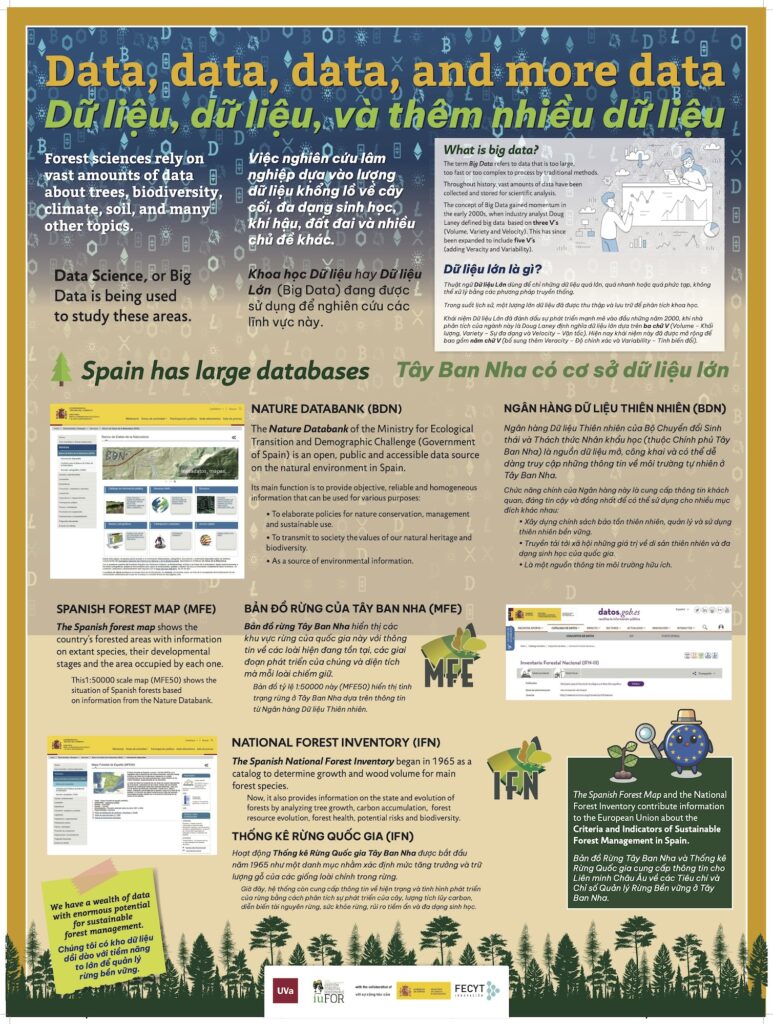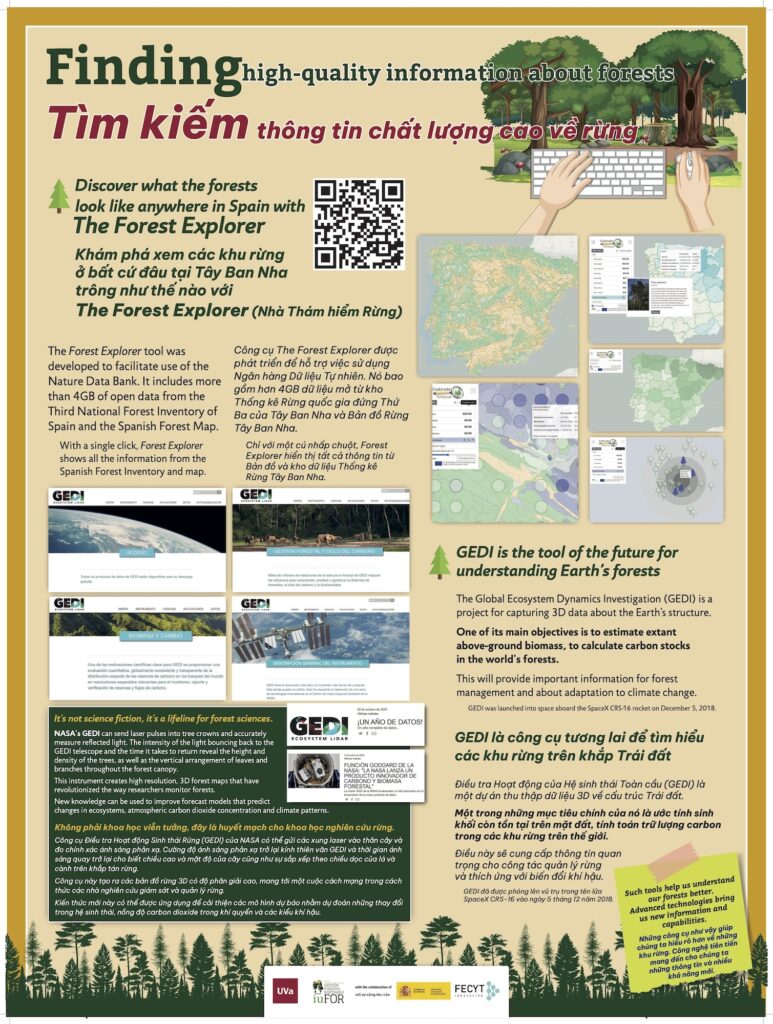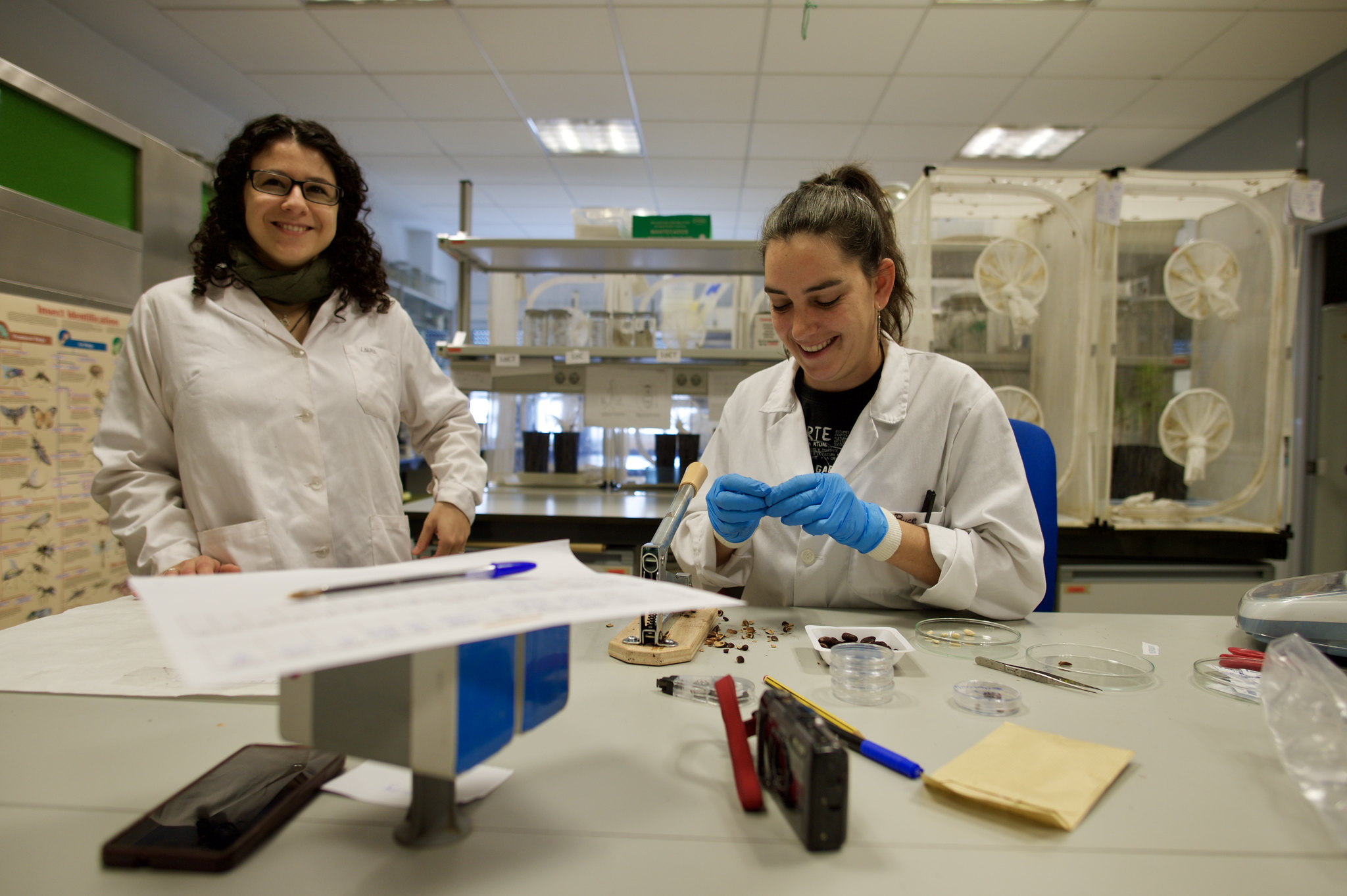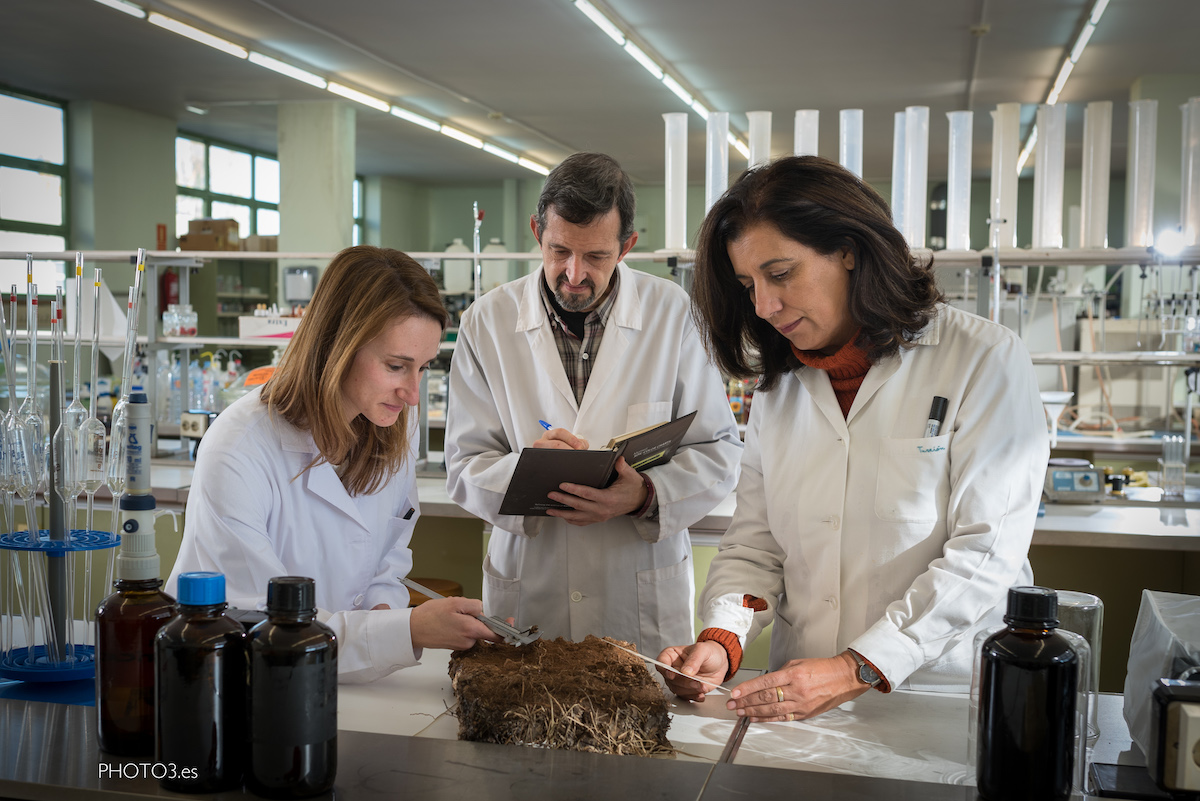Forest Science Needs to Rely on a Large Amount of Data on Trees, Biodiversity, Climate, and Soil, Among Others
What is Big Data?
The term Big Data refers to data that are so numerous, fast, or complex that it is difficult or impossible to process them with traditional methods. For a long time, science has been collecting and storing large amounts of information for analysis. Currently, all of this is studied using Data Science (Big Data) techniques.
However, the concept of Big Data gained momentum in the early 2000s when industry analyst Doug Laney articulated the current definition of Big Data as the three Vs (volume, velocity, and variety), although discussions now include five Vs (veracity and variability).
Large databases are an ideal tool for studying large-scale phenomena, both spatial and temporal, such as climate change or forest growth. What large databases does Spain have in this field and how are they used?
Forest science in Spain has, through the Nature Database, relevant alphanumeric, cartographic, documentary, and multimedia information about the components of the Spanish Inventory of Natural Heritage and Biodiversity, such as, among others, the national forest inventory, the Spanish Forest Map, the Potential Vegetation Map, and the Phytoclimates Map. Additionally, the National Aerial Orthophotography Plan (PNOA) provides society with a set of images and LiDAR data that complement and enhance the Nature Database.
The Spanish Forest Map shows the country’s tree-covered area with information about the species present, their development state, and the area each occupies.
This is cartography at a scale of 1:50,000 (MFE50) that shows the situation of Spanish forest masses, produced from the Nature Database.
The National Forest Inventory began in 1965 as a catalog to determine the volume of wood and the growth of the main forest species.
Currently, it also provides information on the state and evolution of forests through the analysis of tree growth, the carbon they accumulate, the evolution of forest resources, forest health, risks that may affect them, and existing biodiversity.
To facilitate the use of the Nature Database, the Forest Explorer has been developed, a tool that integrates more than 4GB of open data from Spain’s Third National Forest Inventory and the Spanish Forest Map. Also known as Forest Explorer, it displays, with a single click, all the information from the inventory and forest map of our country.
The Forest Explorer is a web tool developed by members of our team and the Intelligent and Cooperative Systems / Education, Media, Computing, and Culture Group (GSIC/EMIC) from the University of Valladolid. It allows users to easily and interactively discover what the forests of any location in Spain are like, investigate which species coexist, compare the number of trees and the amount of biomass per province, and learn about the characteristics of our forest species. The Forest Explorer was a finalist in the 2019 edition of the Aporta Challenge of the Open Data Initiative of the Government of Spain, focused on reusing public information to encourage talent, creativity, and technical capability in the agri-food, forestry, and rural sectors. In the Forest Explorer, open and linked data from the Third National Forest Inventory and the Spanish Forest Map are combined in a 5-star format. A QR code will be made available to the public for access to the Forest Explorer, allowing operation from mobile devices and avoiding the need for internet-connected equipment in a fixed location.
We have a large amount of data with enormous potential for sustainable forest management.
Global Ecosystem Dynamics Investigation (GEDI)
The Global Ecosystem Dynamics Investigation (GEDI) is a project to collect data on Earth’s structure in 3D. One of its main objectives is to estimate the existing biomass on the ground to understand the carbon reserves in the world’s forests. It will be an important source of information for forest management and their adaptation to climate change. GEDI was launched into space aboard SpaceX’s CRS-16 rocket on December 5, 2018.
There are tools to better understand our forests, and the future will provide us with new data obtained with advanced technologies.





